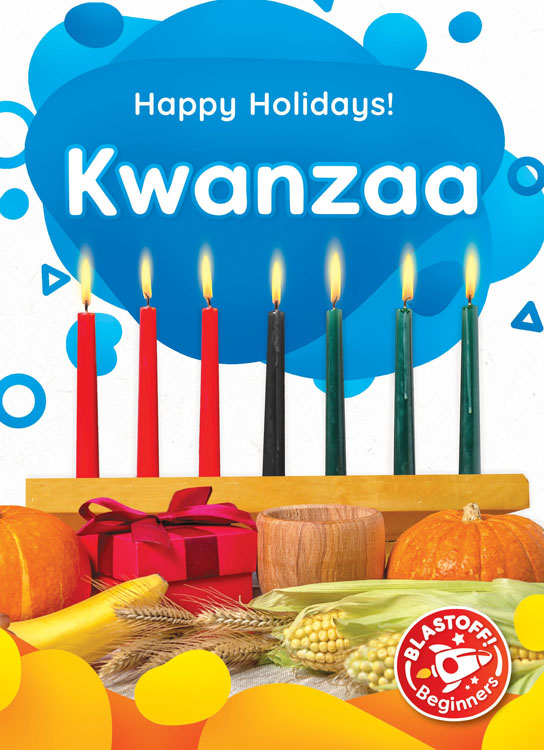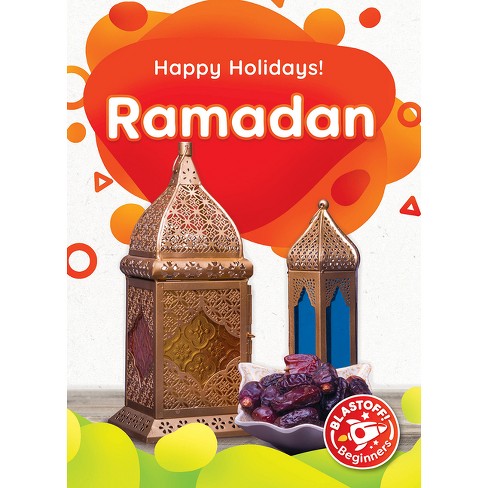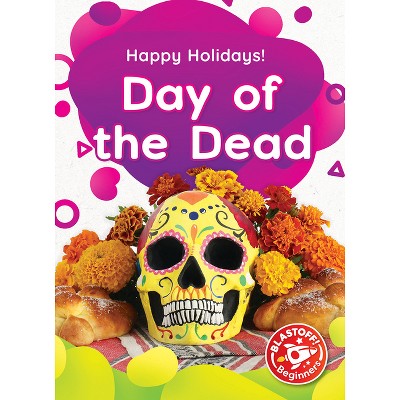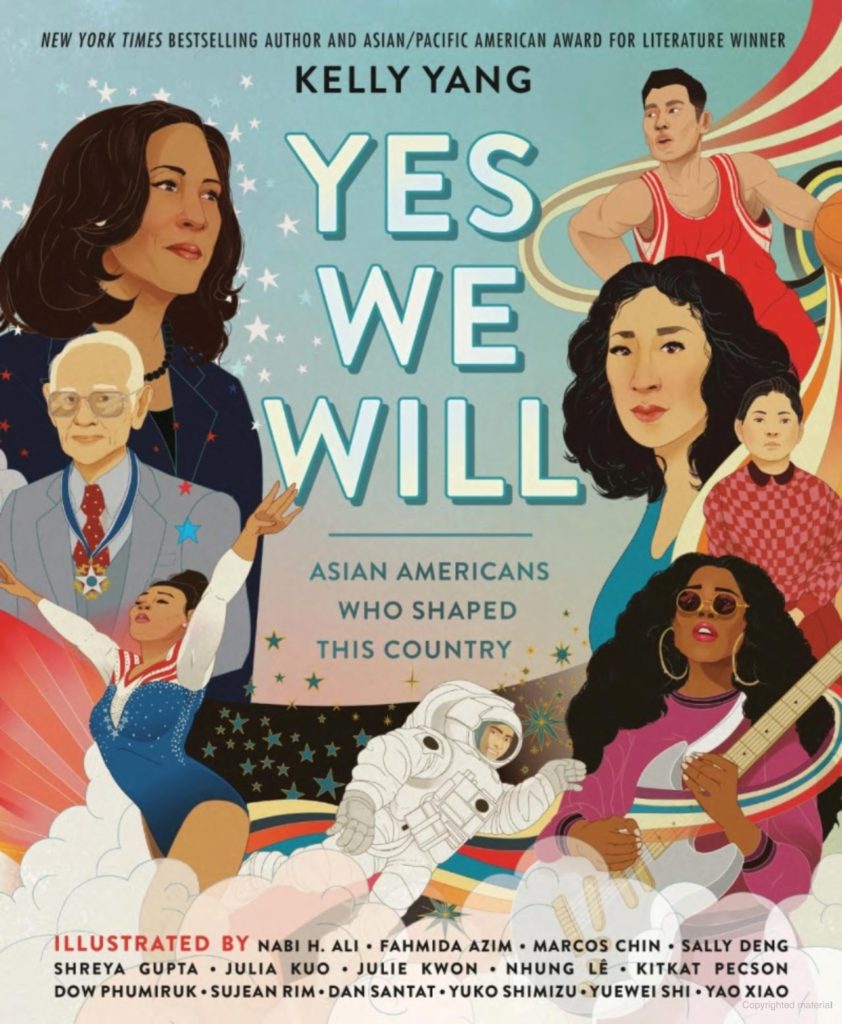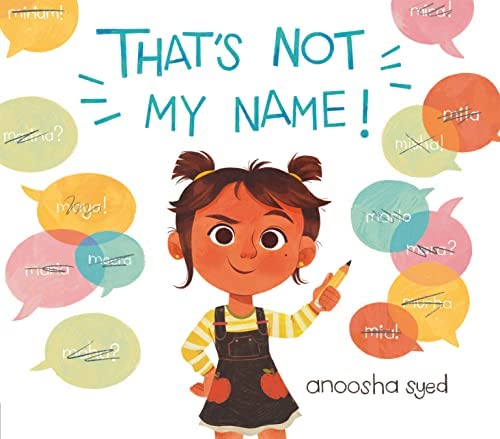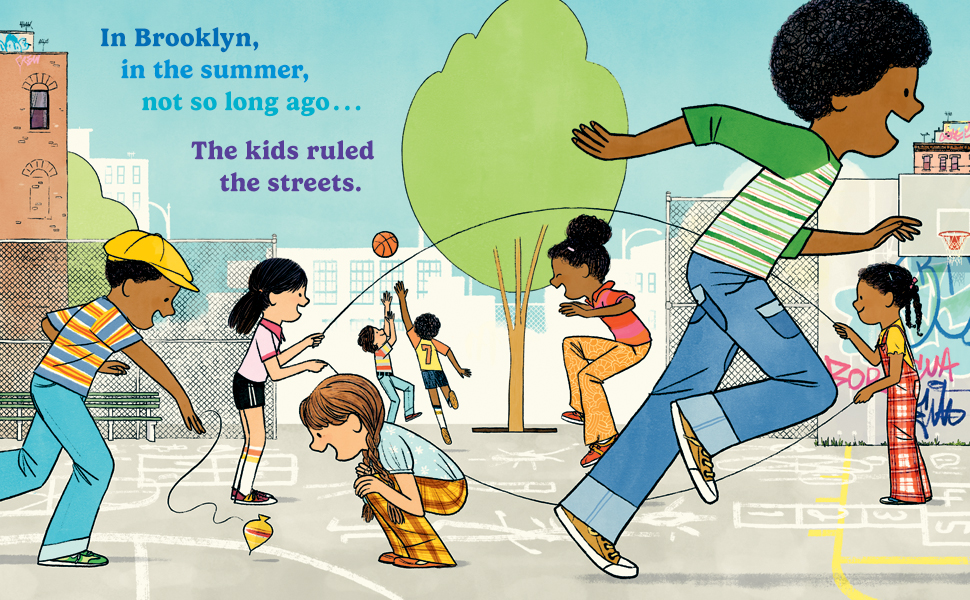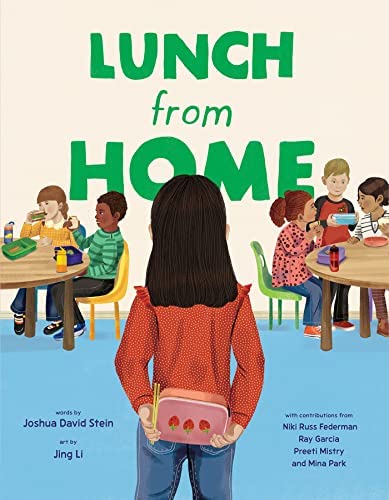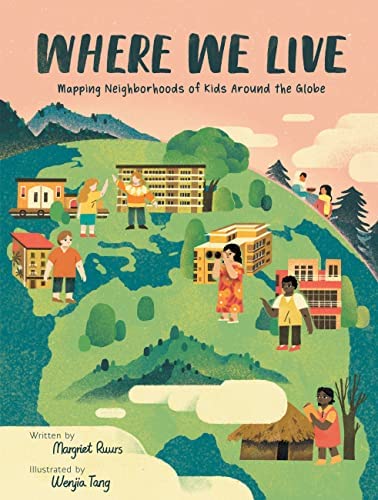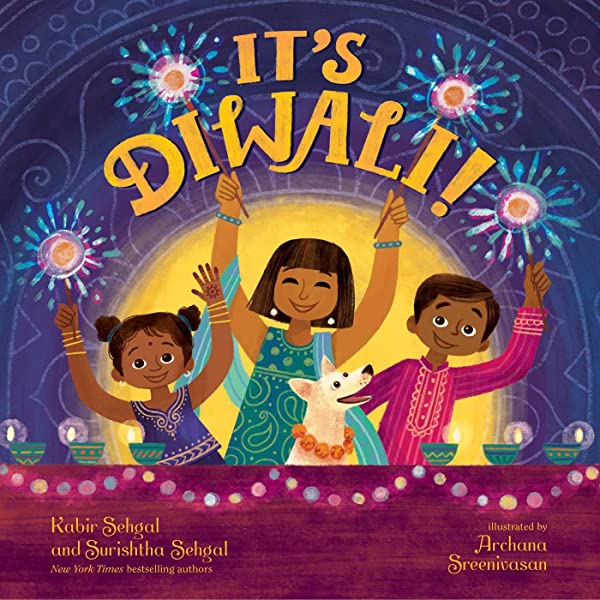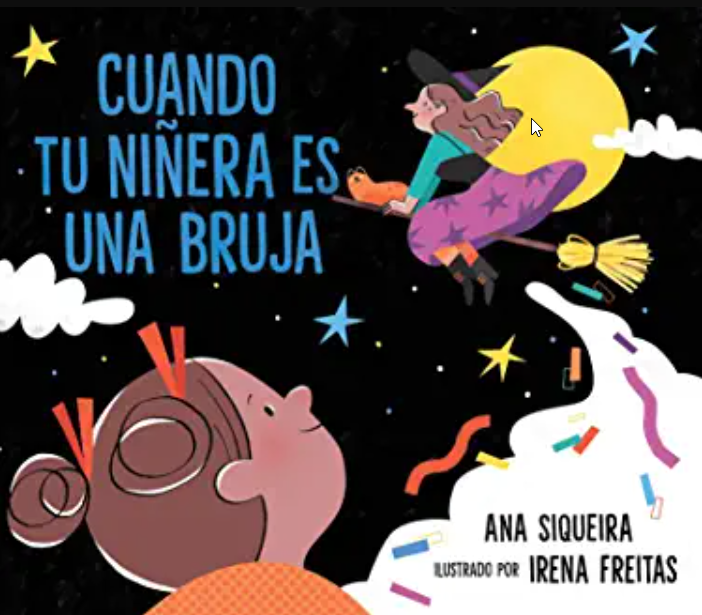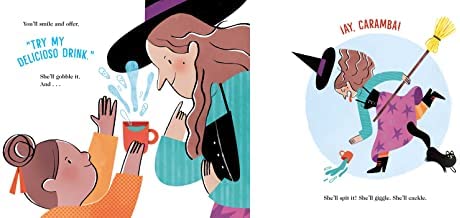Red Fox vs. Fisher by Nathan Sommer is part of a 40 book Bellwether Torque set of Animal Battles. This set is geared towards third grade through seventh grade, with full color pictures and a reading level of third grade. Perfect for your reluctant readers. Each book is 24 pages and starts with a table of contents a short introduction to each of the competitors.
This book includes not only a table of contents, but also headings, bolded words, glossary, index, labeled photos, and infographics for easy access to information.
All of my students in elementary really enjoy this series, especially the pages showing the secret weapons of each animal and the hearing of a red fox! In each book you’ll find eye-catching colorful symbols that make the information pop and easy to understand.
This series also includes a page referring you to Factsurfer (factsurfer.com) for additional kid friendly web sources. I liked this website and feel like it would be a great place for your young researchers to find online sources, or broaden their knowledge base. At the website you type in the title of your book, click the picture of the book cover that pops up, and then are given three age appropriate sites to go to for more information.
I find these Torque Readers a go-to in my library because I know I can count on them for their eye-catching covers and photos, their quality, and their consistency in content and readability. I love, and so do my readers, how the text is combined with the photos and graphics to make something on each page accessible to so many students. My students enjoy these immensely and often check out more than one.
I highly recommend adding this collection to your library collection.











